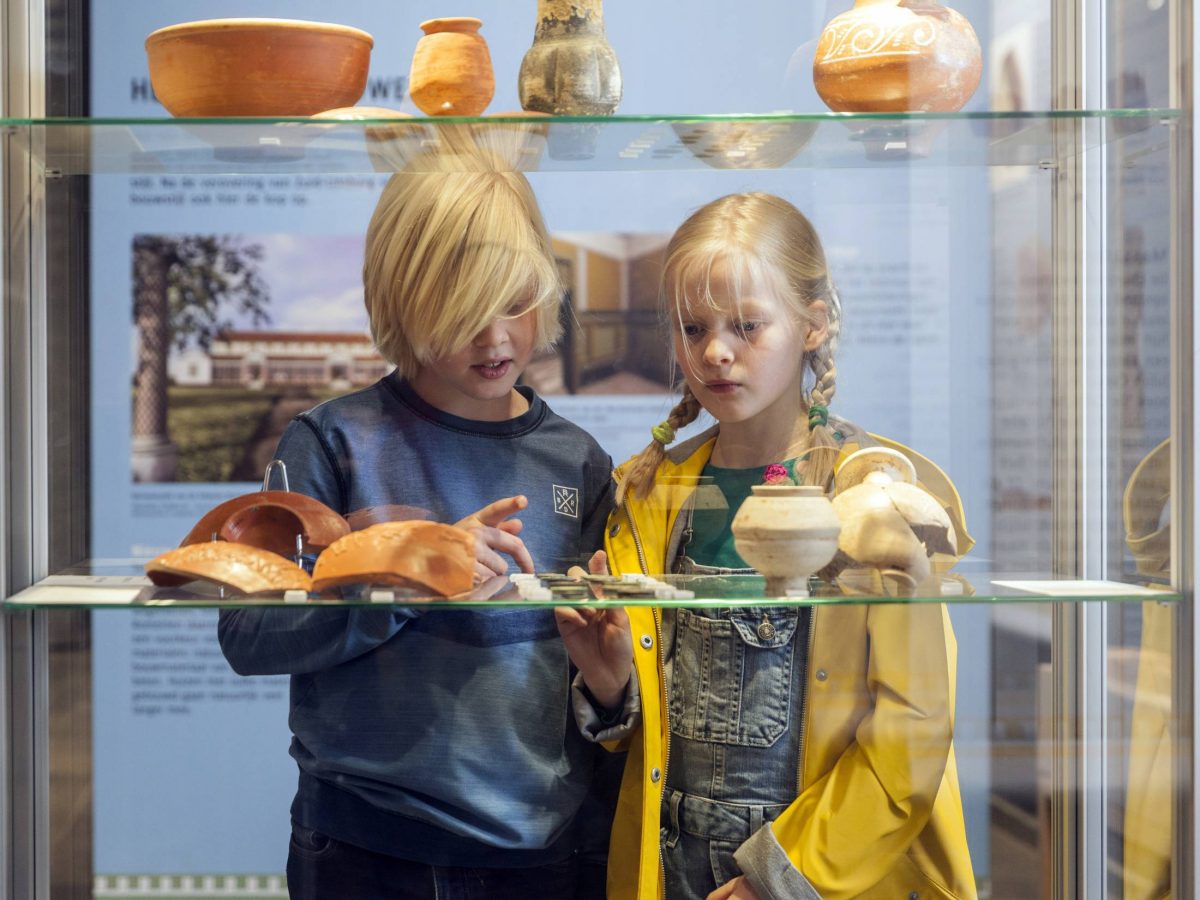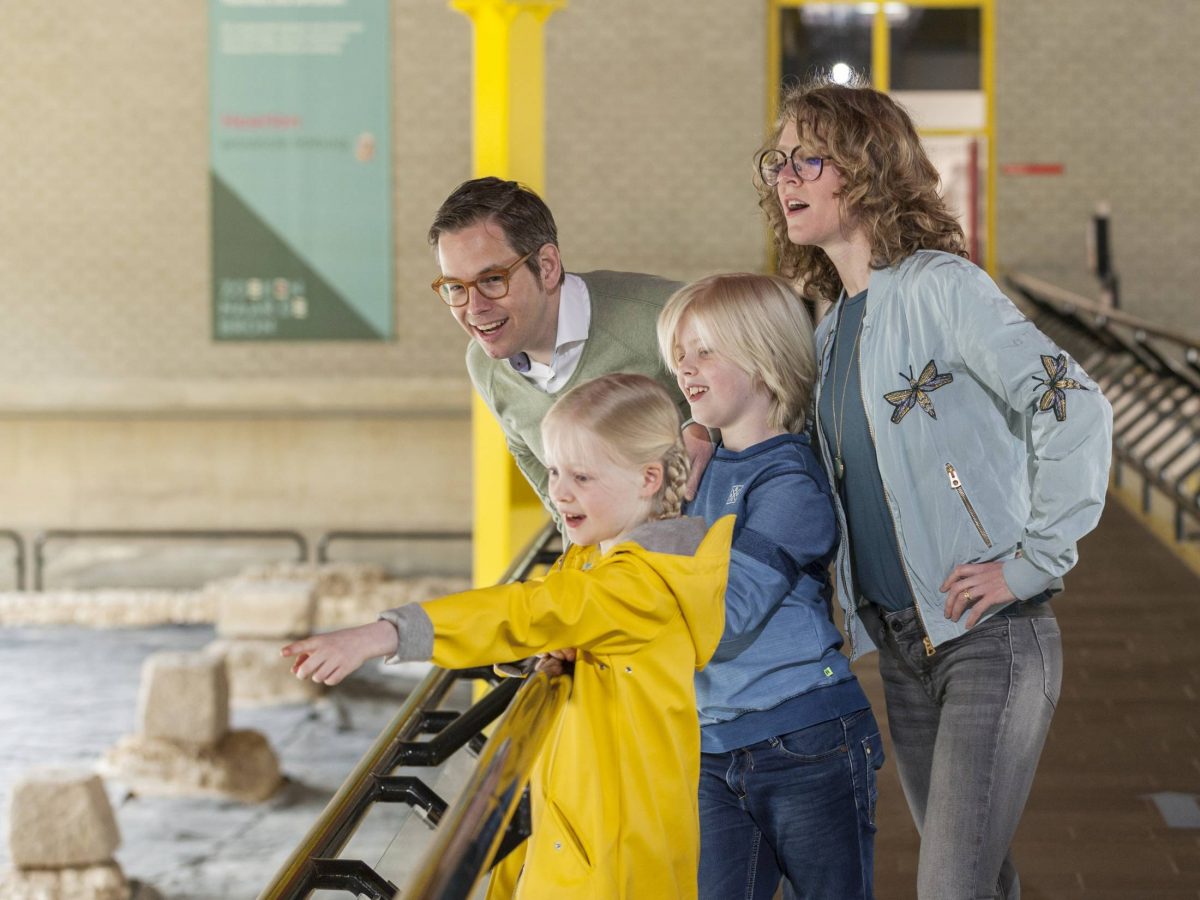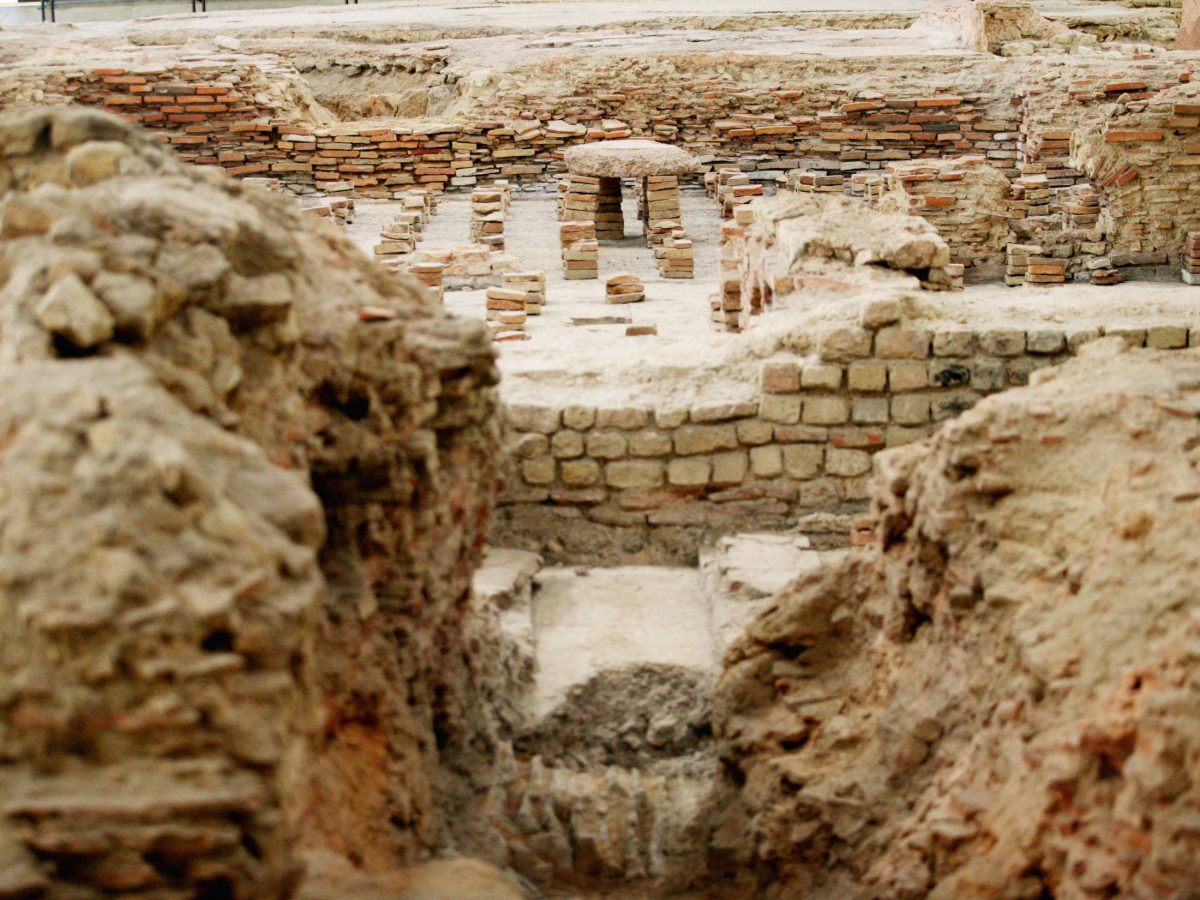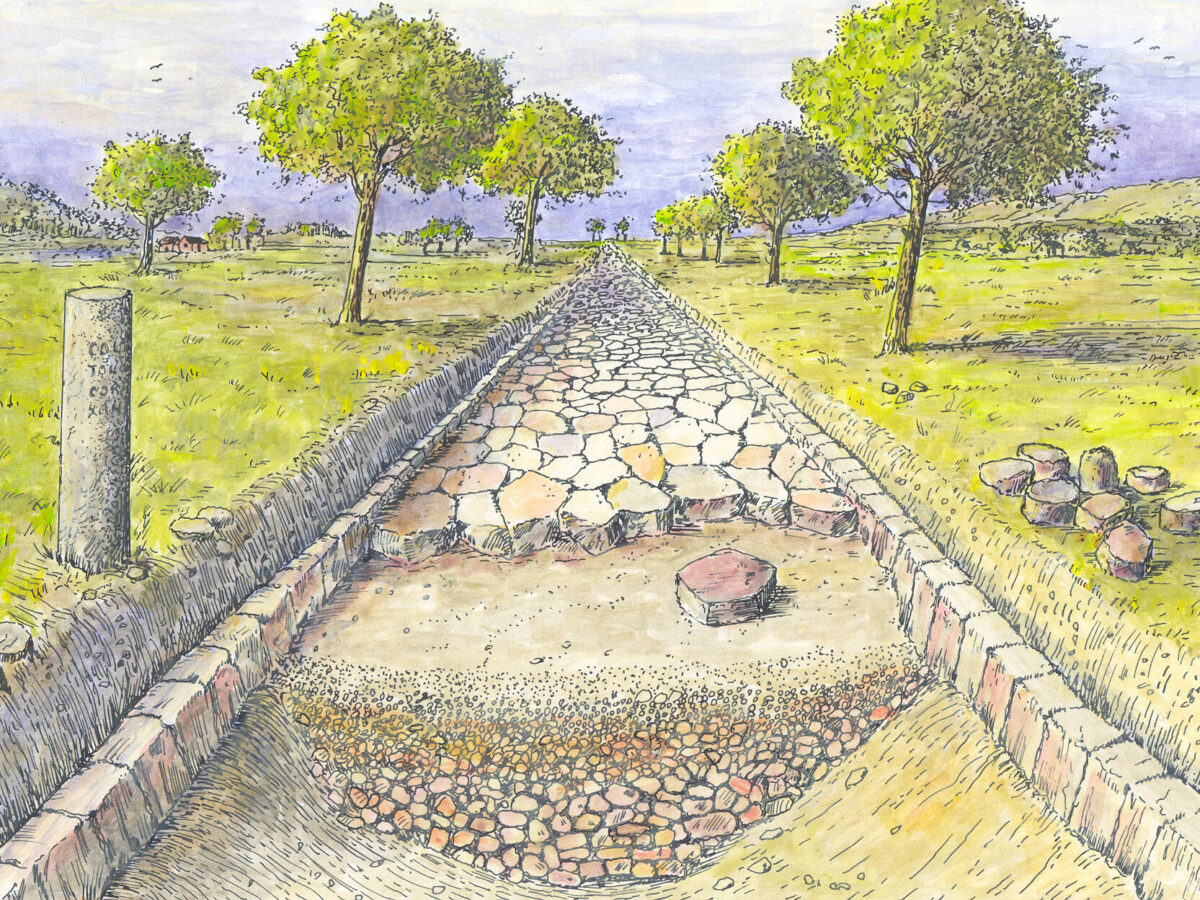Falling for Roman South Limburg
Author: Kris Förster
Photography: Philip Driessen
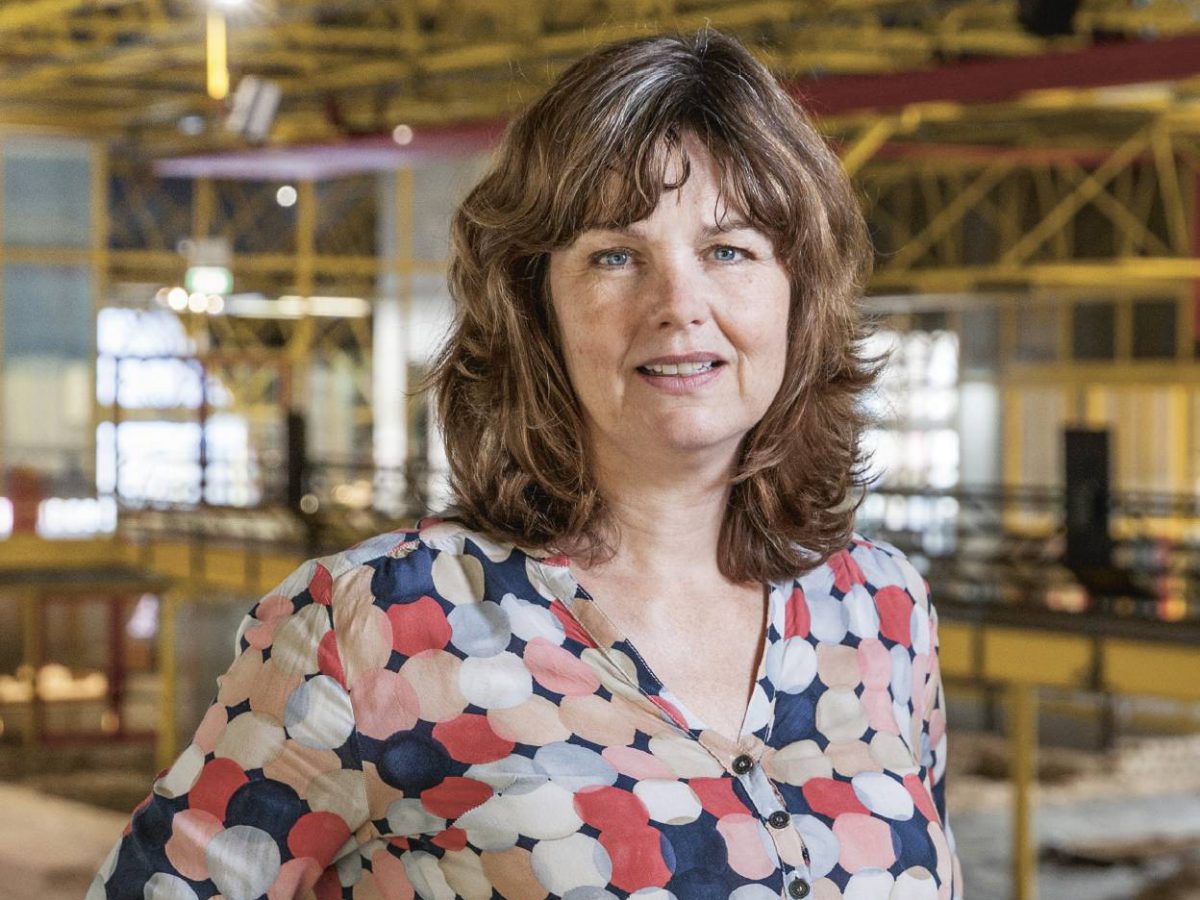
There is probably no one who knows more about the Via Belgica than Karen Jeneson. For many years she has conducted extensive research into Roman traces in the soil of South Limburg — and there are quite a few. It is no coincidence that since 2010 Karen Jeneson has been the curator of the Thermenmuseum in Heerlen, where the largest above-ground archaeological monument in the Netherlands can be admired. A place that anyone wanting to discover Roman South Limburg simply must see.
When you hear Karen Jeneson speak passionately about archaeology, you can hardly imagine that this dedicated archaeologist hasn’t been involved with our underground past her entire life. But nothing could be further from the truth. Karen: “It wasn’t until I was 33 that I decided to study ‘Provincial Roman Archaeology.’ By ‘provincial,’ we mean not the ‘classical’ archaeology of Rome and Italy, but that of the outlying regions of the Roman Empire — the provinces. South Limburg at that time lay on the periphery of the Roman Empire. After my studies I was fortunate enough to be able to do doctoral research on the Roman villa landscape between Tongeren and Cologne. A wonderful opportunity! For six years I immersed myself in the traces and finds from Roman times in South Limburg. And there are quite a few of them!”
“Every square kilometer in South Limburg contains at least one villa.”— Karen Jeneson
A villa in every square kilometer
Roman South Limburg was a fairly densely populated and built-up area. Karen explains: “When I began my research, people still thought there had been just a villa here and there, but I was able to show that, on average, there was at least one villa in every square kilometer of South Limburg. Some were very large, built entirely of stone and luxuriously decorated, such as Villa Ten Hove in Voerendaal and Villa Onderste Herkenberg in Meerssen. But there were also many smaller villas. These were usually half-timbered or even made entirely of wood. And they were everywhere: on the slopes, the plateaus, and in the valleys. A villa typically consisted of a farmyard with various residential and outbuildings, surrounded by fields and meadows. Exactly the same as in today’s countryside. In essence, the Roman landscape looked much the same as it does now. And running right through that landscape, from west to east, was the Via Belgica, which connected the vici (villages) of Rimburg, Heerlen, and Maastricht. That road was the lifeline of Roman South Limburg. Along the Via Belgica, the villas’ harvests — especially spelt — were transported to the nearby villages and from there to the Rhine frontier, the Limes. Thousands of soldiers were stationed along the frontier. And they needed to eat. Much of their daily food came from South Limburg. That was the raison d’être of all those villas.”
Karen’s favorite place
Karen finds it difficult to choose just one favorite spot: “There are several viewpoints in South Limburg where you have a magnificent view over the rolling hills: at the Goudsberg in Valkenburg, at Ubachsberg looking toward Eys, and at Bemelen overlooking the Meuse Valley. When you stand there and mentally erase the modern buildings, it isn’t hard to imagine how the Romans saw and experienced the landscape. Another absolute favorite, of course, is the Roman bathhouse in the Thermenmuseum. But it goes without saying that I’ve lost my heart to that place.”
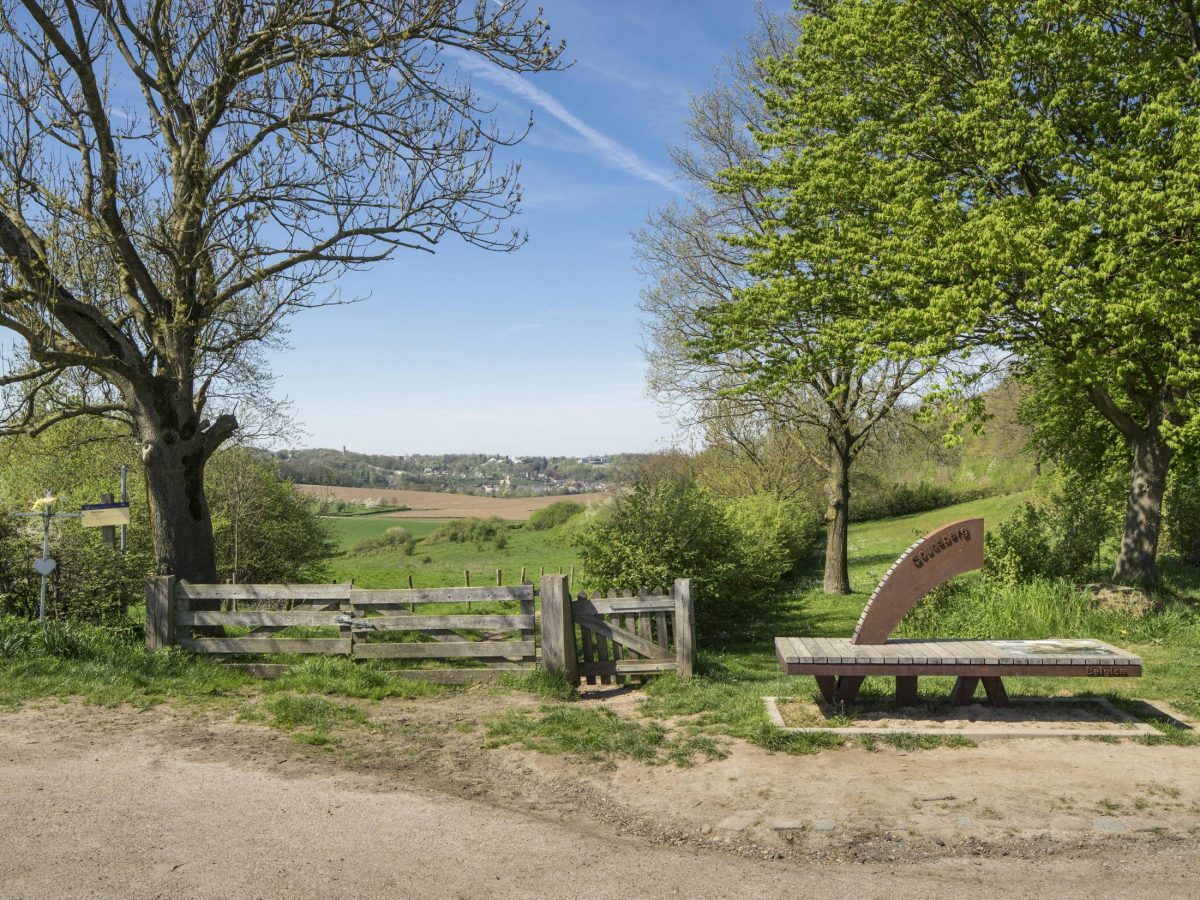
Curator of a bathhouse
Karen calls it a dream job, but at the same time acknowledges that it was quite a challenge to start working as curator at the Thermenmuseum in Heerlen. Karen: “When I began almost eight years ago, the museum was on the verge of dying. The problem was that the Roman past was absolutely not part of the city’s identity. Much still revolved around the mine closures that were already more than 50 years behind us. As a result, no one realized how special Heerlen’s Roman past — and especially the bathhouse — really was.
I realized the focus had to shift to telling stories. Stories that bring the past to life. Stories that connect the past with the present. Stories that seek out the historical people behind the finds. And stories that show how unique the Roman past of South Limburg is. In central Netherlands there is enormous attention for the frontier of the Roman Empire — the Limes — which ran there. But no one there knew the story of the Via Belgica and the Roman villa landscape of South Limburg. And here too, almost no one realized that the Roman bathhouse of Heerlen is the largest visible archaeological monument in the Netherlands. That means you’re holding gold in your hands!”
Want to know more about the Thermenmuseum? Click here!
“I’ve fallen in love with the Romans and with South Limburg — I never want to leave this place!”— Karen Jeneson
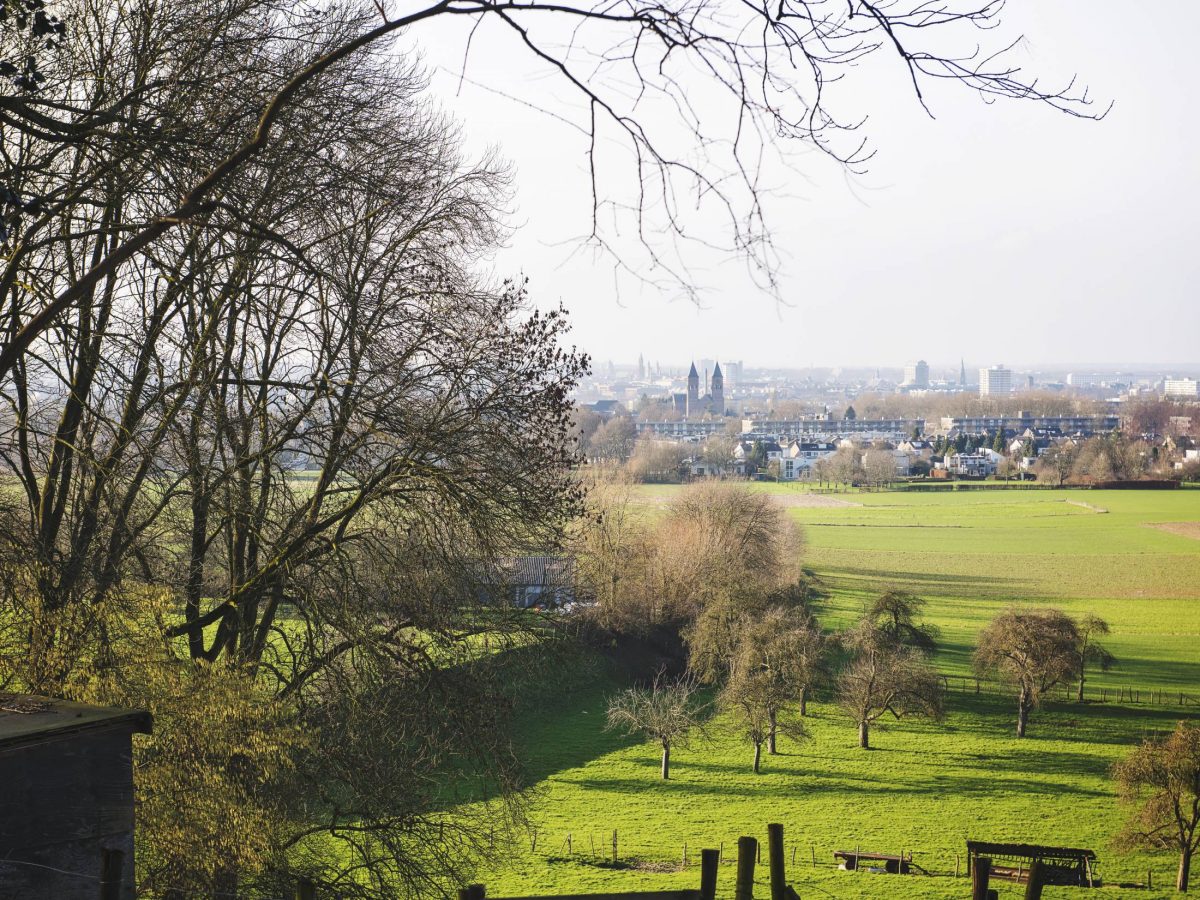
Mission accomplished
When asked whether, after 15 years of immersing herself in the Roman past, she might once again make a career switch, Karen answers resolutely: “Absolutely not! I’m in love with the Romans and with South Limburg. I never want to leave! Hopefully everyone who discovers the Via Belgica will feel the same way. Then my mission is accomplished!”
